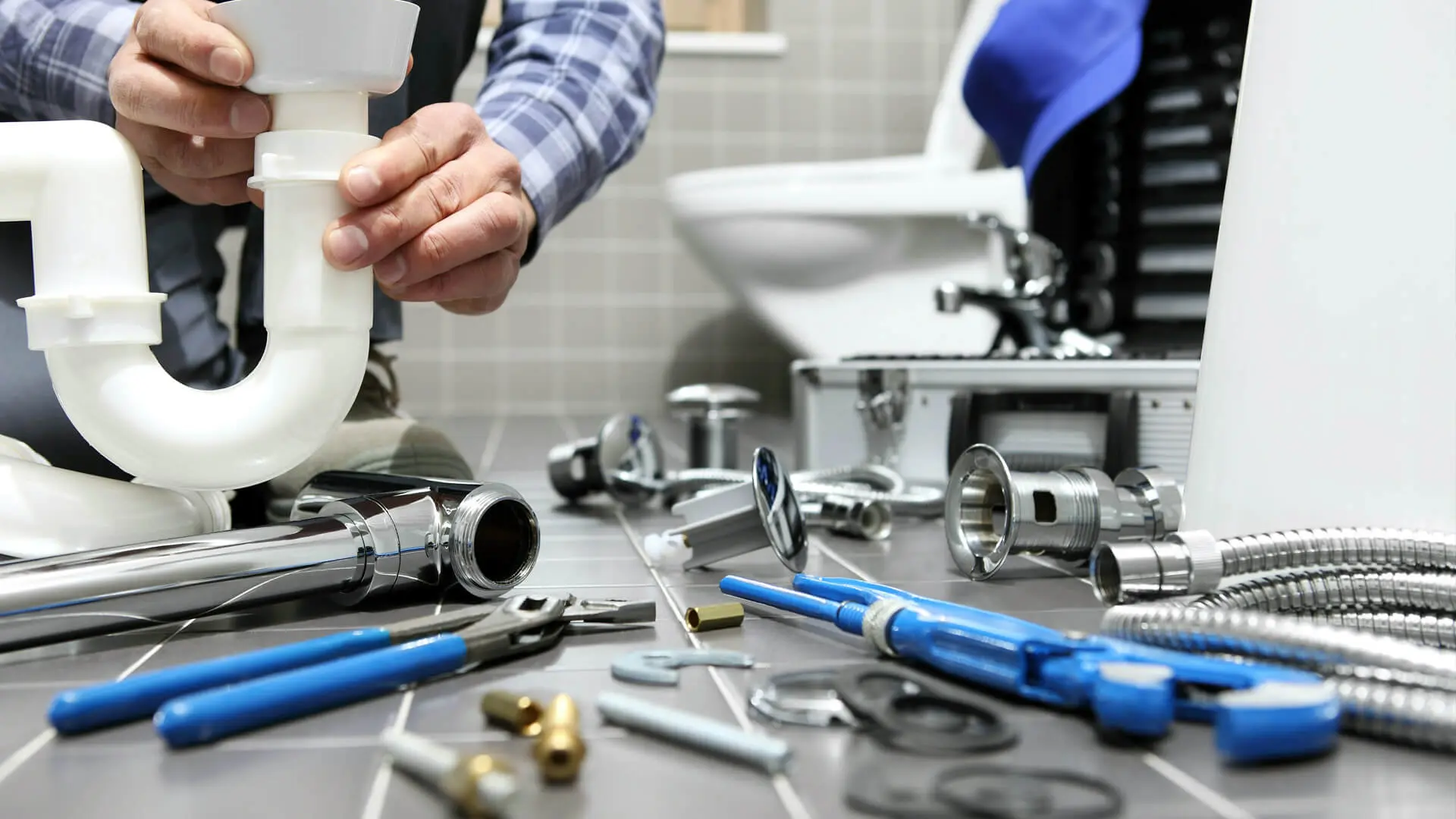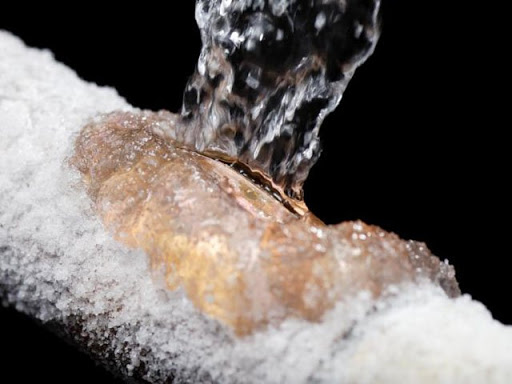Five Winter Hacks to Safeguard Your Pipes from Frigid Weather Bursts
Five Winter Hacks to Safeguard Your Pipes from Frigid Weather Bursts
Blog Article
On this page down the page you'll find a good deal of sound expertise related to Winterizing Your Pipes.

All house owners who stay in pleasant environments must do their best to winterize their pipelines. It is something you need to do throughout autumn prior to deep wintertime genuinely begins. Failure to do so can mean calamity like frozen, broken, or burst pipelines. Below are some handy winterizing hacks to keep your plumbing system protected even if the weather outside is frightful.
Switch on the Faucets
When the temperature drops as well as it appears as if the frigid temperature will last, it will certainly assist to activate your water both indoors and outdoors. This will certainly maintain the water streaming via your plumbing systems. On top of that, the movement will certainly slow down the cold procedure. Notably, there's no demand to transform it on full blast. You'll wind up losing gallons of water this way. Rather, go for concerning 5 decreases per minute.
Open Up Cupboard Doors Hiding Plumbing
It would be practical to open cabinet doors that are camouflaging your pipelines when it's chilly outside. They might be somewhere in your kitchen area or bathroom. This will certainly enable the cozy air from your heating system to circulate there. Consequently, you avoid these exposed pipelines from cold. Doing this little technique can maintain your pipelines warm and also restrict the potentially harmful results of freezing temperatures.
Require Time to Wrap Exposed Piping
One great as well as easy hack to warm up frigid pipes is to cover them with warm towels. You can cover them initially with towels. After protecting them in position, you can put boiling water on the towels. Do it slowly to allow the towels soak up the fluid. You can also utilize pre-soaked towels in hot water, simply do not forget to wear safety gloves to protect your hands from the warm.
Attempt a Hair Dryer or Warm Weapon
When your pipelines are practically freezing, your trusty hair clothes dryer or heat weapon is a godsend. If the warm towels do not assist displace any type of settling ice in your pipelines, bowling hot air directly right into them may assist. You may finish up damaging your pipelines while trying to thaw the ice.
Shut Off Water When Pipes are Frozen
Turn off the primary water shutoff promptly if you notice that your pipes are completely frozen or almost nearing that stage. You will typically find this in your basement or laundry room near the heating unit or the front wall closest to the street. Turn it off as soon as possible to avoid additional damages.
With even more water, even more ice will certainly pile up, which will ultimately lead to burst pipes. If you are unsure about the state of your pipelines this winter, it is best to call an expert plumber for an assessment.
All home owners that live in warm climates should do their best to winterize their pipelines. Failing to do so can mean catastrophe like frozen, cracked, or ruptured pipes. If the hot towels do not help displace any type of working out ice in your pipelines, bowling hot air directly into them may assist. Transform off the major water valve promptly if you discover that your pipelines are entirely frozen or almost nearing that stage. With more water, even more ice will load up, which will eventually lead to break pipes.
PREVENT YOUR PIPES FROM FREEZING THIS WINTER
A Leading Cause of Property Damage
When the weather is taking a deep nose dive into the cold dreary days, the risk of your pipes freezing and potentially bursting skyrockets. Unfortunately, during these cold dreary months, burst pipes are the most common denominator for property damage. The pipes that are most at the risk are those that are in areas where it is most cold in your home. For instance, pipes located in interior places such as basements, attics, and your garage. Unfortunately, that doesn’t mean that the pipes running through your cabinets or exterior walls can’t freeze. Good news, however, is that you can do things to help prevent pipes from freezing.
How to Prevent Pipes From Freezing
Once the temperature starts to drop during the winter, you should be taking the proper measures needed to ensure that your pipes stay warm and that there is circulation of water through them. Some steps that experts may recommend could go against your better judgement when it comes to saving water and heat. However, it would go without saying that when expenses are compared, damaged pipes could put a bigger dent in your wallet than a water bill.
What Can I Do?
Keep your garage door closed. This is very important, especially if you have water supply lines running through your garage. Open your kitchen and bathroom cabinets to allow warm air to circulate through them. Allow air circulation throughout your home. Keeping the interior doors open will once again allow the warm air to circulate inside your home. Ensure your thermostat is running the same temperature throughout the night and day. If you plan to be away from home during the cold months, set your temperature no lower than 55° F. This should provide enough heat to keep the pipes warm and prevent any remaining water inside the pipes from freezing. For more of a long-term solution, add insulation to attics, basement, and other crawl spaces around your home. By allowing your faucet to drip, it will alleviate pressure in the system. This is important because the pressure that is created between the blockage and the faucet can potentially cause the pipes to burst. Allowing the faucet to drip will prevent the pressure from building up, therefore keeping the pipes from bursting. Seal any cracks, openings, and crawl spaces around your home to prevent cold air from coming inside. This keeps your pipes-not to mention your home-warmer and less susceptible to issues caused by freezing temperatures. For the pipes in your home that are easily accessible, applying electrical tape to them might prevent them from freezing over. This is a quick fix, as you can apply the tape directly to the pipe. There are two options for heating tapes. One turns on and off by itself when it senses heat is needed. The other type of heating tape needs to be applied when heat is needed and removed when not necessary. If you have exposed pipes in your home, you can check this website to take a look at a few options that would be available at a shop near you.

We had been made aware of that editorial on Winterizing Your Pipes through someone on a different domain. For those who liked our page please remember to share it. I cherish reading our article about How to Prevent Frozen Pipes.
Course Detail Report this page